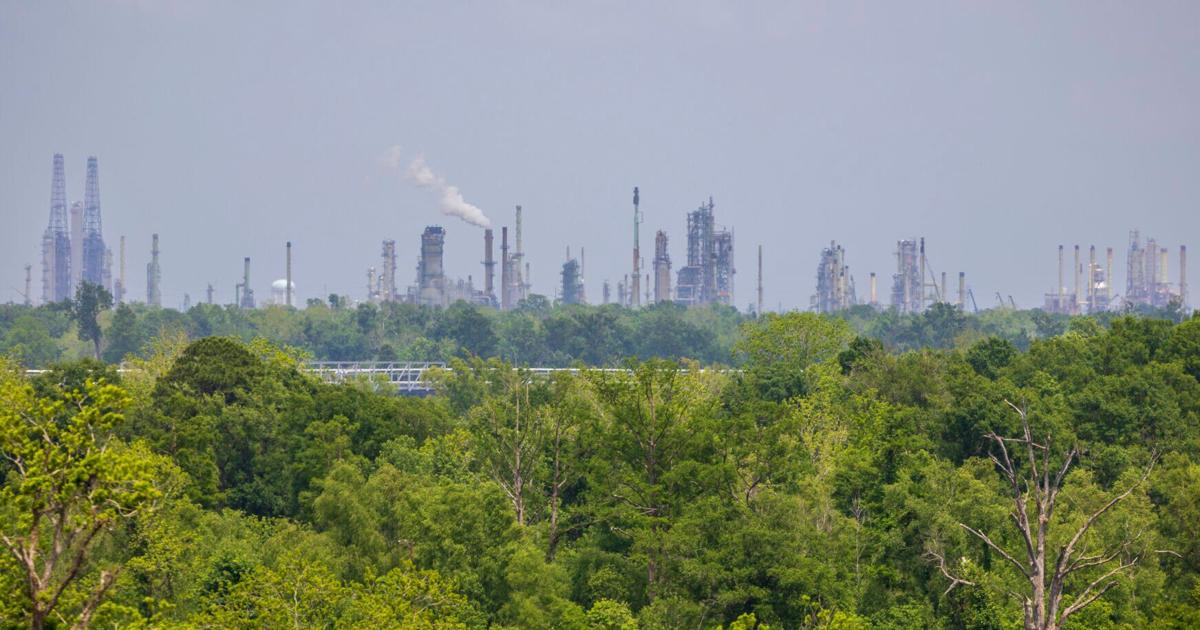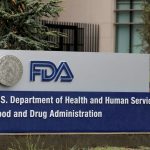A recent study conducted by researchers from Johns Hopkins University has revealed alarming cancer risk levels in Louisiana’s industrial regions, specifically between New Orleans and Baton Rouge. The findings indicate that cancer risks in certain areas could be up to 11 times greater than estimates provided by the Environmental Protection Agency (EPA).
The peer-reviewed research sought to assess the presence of 17 different pollutants by deploying a mobile air monitoring lab across various parishes, including Ascension, Iberville, St. James, and St. John the Baptist. By analyzing air quality, the team aimed to estimate cancer risks across 15 census tracts within these areas.
According to the study, cancer risks derived from airborne pollutants in almost all census tracts were significantly higher than the figures reported by EPA models. Crucially, every tracts examined was found to have “unacceptable” levels of cancer risk.
The researchers at Johns Hopkins linked the disparities between their findings and the EPA estimates to varying methodologies in pollution measurement. Their research used real-time air quality data collected throughout February 2023. In contrast, the EPA’s estimates are partially based on emissions reports supplied by state agencies and local industrial facilities.
Peter Decarlo, a professor of environmental health and engineering at Johns Hopkins and the lead researcher for this study, emphasized the concern over reliance on self-reported data from industry. “I think what our results really highlight is that we can’t rely on self-reported emissions data from facilities to estimate the health risks from air pollutants,” Decarlo stated.
The study emphasized an “urgent need for comprehensive measurements of key carcinogenic air pollutants, particularly in regions historically burdened by environmental health risks.”
David Cresson, president of the Louisiana Chemical Association and Louisiana Chemical Industry Alliance, questioned the validity of the study’s findings. He raised concerns that the month-long monitoring period might not provide a comprehensive picture of pollution exposure year-round. Cresson noted that the measurements could capture peak pollution levels unlikely to represent the average exposure for communities. He argued that pollutants could originate from multiple sources beyond local industry and maintained that it’s scientifically unsound to attribute the entire risk to a single sector.
In defense of the traditional EPA measurements, Cresson added that relying solely on the study’s filtering of the industry reports misses essential tools that support federal and state emissions reporting.
Joe Robledo, a press officer with the EPA’s regional office covering Louisiana, stated the agency would not comment on external studies.
The study’s results showed strikingly high cancer risk levels, particularly in Iberville and Ascension parishes. For instance, one tract in Iberville Parish exhibited a staggering cancer risk estimated at 560 per million residents, compared to the EPA’s estimate of around 50 per million. In Ascension Parish, the risk levels in three additional tracts were approximately 500 or higher per million, again contrasting with EPA estimates of less than 100 per million.
The EPA has indicated on its website that there are no universally established risk thresholds for air toxics, although they suggest an upper level of acceptable risk of 100 per million for the most exposed individuals.
Residents and environmental advocates in the region, often referred to as Cancer Alley due to the health impacts of industrial pollution, have heightened concerns following this study. Jo Banner, co-leader of The Descendants Project, a community group in St. John the Baptist, expressed her alarm: “I thought it was extreme before, but this is even beyond what I imagined. I say it’s a wake-up call, but I know many people won’t register it.”
Despite the EPA’s national data collection methods, Decarlo urged that states could implement more effective data gathering and cancer risk assessments. The EPA’s AirToxScreen tool could encourage local agencies to develop stronger monitoring programs, and enhance community awareness.
In the political landscape, the release of this study coincides with ongoing legal disputes surrounding a new air monitoring law in Louisiana. This law restricts community organizations from alleging environmental violations unless they utilize the latest federal air monitoring devices—tools that differ from those used in the Johns Hopkins research.
Supporters within the chemical industry argue that this law standardizes air monitoring practices, while critics contend it effectively silences community efforts to report pollution and seek remediation.
Commenting on the value of scientific measurement tools, Decarlo noted that the equipment used by the Johns Hopkins research team far surpassed those required by federal regulations: “We’ve got the Ferraris and Lamborghinis to do the measurements and they’re using police cruisers.”






